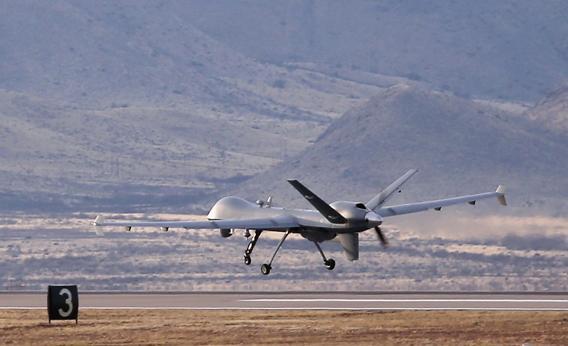Time for minutemen is past
Jared Sperli stashed this in war
Stashed in: Military!
The U.S. Army is going to get smaller, and it knows it. But the first question Congress, the American people, and the Army should ask isn't "how small?" The first question should be "What does America want its Army to do tomorrow?"
Deciding what an army should be prepared to do seems like a simple choice, but it isn't - and it is not getting any easier as ideas about war, and the machinery that wages it, have changed in the last 224 years.
Traditionally, Americans have entrusted its land power to citizen-soldiers, calling them to arms when the nation was threatened, then demobilizing and downsizing when war was complete. Americans need to rethink such a cyclical approach, however, because yesterday's assumptions do not apply to today's complex, uncertain world. America requires a large, standing force that is ready to respond now.
The Constitution tasks Congress "to raise and support armies"; in contrast it directs Congress "to provide and maintain a navy." The Founding Fathers realized that maintaining access to the world's oceans was an ongoing mission not confined to periods of war. This requirement meant maintaining a force sufficiently sized to shape the environment and affect the decision calculus of would-be enemies. A navy cannot be "raised" overnight: Not only does it take sustained effort to build ships, but it also takes time for sailors to master skills as part of a crew.
The demands on today's Army are more like those of a global fleet than its minutemen predecessors. It is no longer a force that can be rapidly raised and trained to high levels of combat effectiveness, with sufficient capability to deal with assigned missions within prescribed timelines. Tomorrow, America will need a sizable standing force that remains visible, credible, scalable, deployable, and successful - in peace and war.
The world has changed in the last 75 years, and Americans should be wary of several assumptions that have gutted the Army after every war.
First, an assumption that the Army can generate combat power quickly in times of national emergency, as it did in World War II, is dubious. Even then force generation was not simple. Conscripting soldiers and creating nearly 100 divisions took years, not months, and that process was enabled by a proven draft system and robust industrial base that no longer exist. Given that today's Army formations are more complex, wield high-tech weaponry, and require sophisticated sociocultural knowledge, it is unreasonable to expect that the Army can move much quicker.
From 2005 to 2011, the active Army increased end strength from 489,971 to 571,108, but in no single year was the increase more than 22,000. Consequently, if the Army decreased to levels below 400,000, it would be unable to deal with two simultaneous contingencies and would need four years to regrow capability for a second major conflict. Americans may not have the luxury to wait that long.
A second assumption concerns the nature of war. The old idea of "war" has given way to the idea of "security," which entails much more than sacking capitals and destroying enemy tanks. It requires continued action in the international environment to monitor and advance U.S. interests.
U.S. defense planners must focus not only on the contingencies of potential war but also on activities that prevent war and shape the conditions for victory. Improving interoperability with foreign militaries, developing relationships with their senior leaders, increasing partner capability, gaining access to previously restricted areas, and strengthening respect for legitimate civil control of the military are more sophisticated and cost-effective ways of advancing U.S. interests than costly excursions into war.
The third, more modern assumption to be challenged is the "easy war" assumption. The high-quality performance of the post-Vietnam professional military force raised expectations of the American people. The result: After the volunteer Army's shaky start in the late 1970s and early 1980s, the Army steadily improved its performance, demonstrated its adaptability, proved its war-fighting prowess, and protected U.S. national security interests.
Unfortunately, America's most trusted professionals may have encouraged a sense of complacency in the American public and in Congress. As one senator recently said, "The good news is our military is so good we think they can do anything; the bad news is sometimes our military is so good we think we can do anything."
Read more at http://www.philly.com/philly/opinion/20130602_Time_for_minutemen_is_past.html#gmjSUC3FVgu3xtHB.99











3:08 PM Jun 02 2013